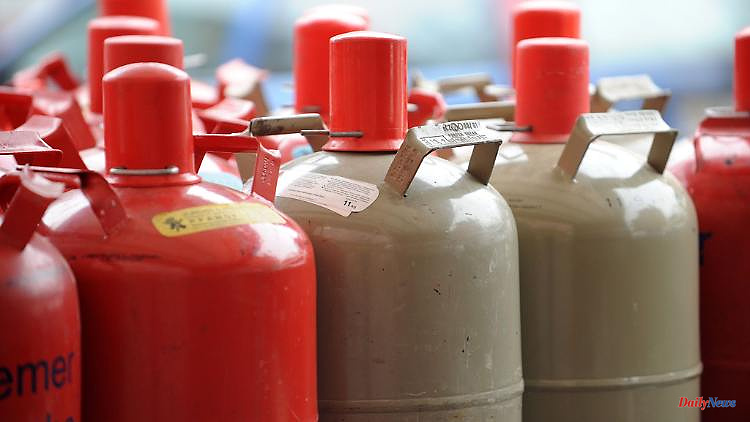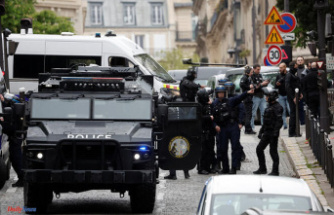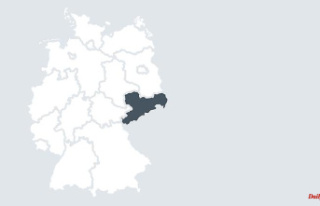Gas prices are rising and there is uncertainty about supplies. It's understandable that some people are now hoarding gas bottles for stoves and grills. But that doesn't make sense - for many reasons.
The grill, the camping stove, but also the gas stove in the kitchen or the patio heater need liquid gas. If you want to stock up properly and store the gas cylinders at home, you should know these tips:
Where can you hoard LPG bottles?
Staircases, corridors, passageways are not suitable, bedrooms and basements are even taboo for private households. Bottles should also not be stored in shafts. The storage location must be above ground level and ventilated, according to Markus Lau, technical expert at the German Liquid Gas Association (DVFG). "Suitable places are therefore well-ventilated garden sheds." Or garages.
Gas leaking from leaking valves can accumulate in unventilated locations. This is dangerous in two ways: The air-gas mixture can ignite and has an asphyxiating effect.
How to store the bottles?
"Full and empty bottles with liquid gas may only be stored upright and standing. Make sure you close the valve tightly and put the protective cap on it," says Markus Lau. This prevents the valve from being damaged. "You should screw the supplied cap nut back onto the cylinder valve and hand-tighten."
Gas bottles that have already been opened can also be kept, here you should also make sure that no gas can escape. Therefore, the shut-off valve on the device should be closed first and then the valve on the bottle used, explains LPG expert Lau.
When the bottle is disconnected from the device, the supplied cap nut should be screwed back onto the valve. If the bottles have been opened, then check the tightness of the valves. "For example, with leak detection spray," says Lau. If this is the case, the bottle must be taken outside and disposed of. According to the DVFG, the distributor must be informed for this. Leaking bottles must never be taken back to the dealer in the car - there is a risk of suffocation and explosion.
Finally, the valve protection comes on the bottle, usually this is a red protective cap. This prevents damage, for example if the bottles tip over.
How long can I store LPG cylinders?
According to the DVFG, there is no general expiry date. But a year is printed on the bottles - that's the next inspection period. Every 10 to 15 years, a testing organization must determine the condition of the bottles before they are refilled. "The gas does not go 'bad' and can still be used safely after the test period has passed," says Lau.
Are there rules as to how much stock you can build?
Yes, for private individuals. In rooms, but also in the garden shed, for example, the "Technical Rules for Liquid Gas" (TRF) limit the storage quantity to a liquid gas bottle of 5 or 11 kilograms. In addition, another bottle of the same size may be stored in another room in the building - however, bedrooms and cellars are taboo for well-known reasons.
"For outdoor storage, the recommendation is: only keep one bottle for each consumer device, such as the gas grill, as a spare," recommends Lau. But there are no rules here.
Should I stock up at all?
The German Liquid Gas Association sees no reason for this in view of the supply situation: "Liquid gas (LPG) is available with a secure supply, since the versatile energy source is obtained from German refineries, EU countries, Scandinavia and the USA," says Markus Lau.
Because liquid gas from bottles for barbecuing at home and for cooking, cooling, hot water preparation and heating in the mobile home is what is known as "Liquefied Petroleum Gas", or LPG for short. This is usually propane, but according to the DVFG the bottles are rarely filled with butane.
LPG should not be confused with liquefied natural gas, which is the second most important energy source in Germany. This LNG (for "Liquefied Natural Gas") is a mixture of substances, mainly made of methane. Many heating systems in private houses are operated with it.
By the way: heaters can be operated with both. LNG comes into the house via the natural gas network, LPG is delivered by tanker truck and is usually found where there is no access to a natural gas or district heating network.
(This article was first published on Tuesday, May 24, 2022.)












